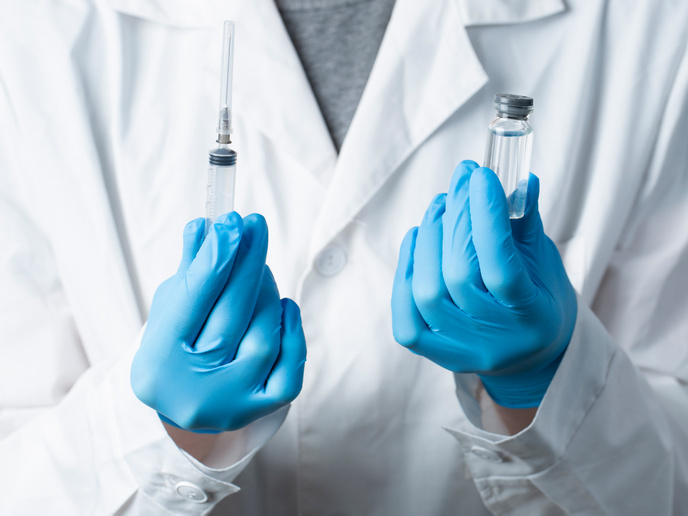Responses to DNA damage
Cells respond to genotoxic stress through a number of pathways, collectively known as the DNA damage response (DDR). These surveillance mechanisms ensure that the DNA is repaired or that the cell dies to prevent transfer of mutations to the daughter cells. Although the DNA repair pathway has been extensively studied, little is known about the impact of post-transcriptional regulators such as RNA-binding proteins (RBPs) during DDR. To address this, the EU-funded 'Global characterization of post-transcriptional regulatory interactions in DNA damage response' (POSTSCRIBEDNADAMAGE) project set out to investigate which RBPs bind to mRNA molecules in response to DNA damage. For this purpose, they developed an assay to identify those proteins whose binding to mRNA changes upon ionizing irradiation of breast cancer cells. Protein-mRNA complexes were recovered from these cells and analysed by mass spectrometry to assess the DDR-specific changes in mRNA-protein interaction. Using this method, researchers could identify increased mRNA binding by almost 200 proteins in response to ionising irradiation. Among these proteins they could detect nuclear RBPs, proteins involved in ribosomal biogenesis and known RBPs involved in DDR. Additional work has shown that over 12 000 protein-mRNA binding events may be implicated in DDR. Further work is required to delineate their precise mechanistic role in the process. So far, transcripts involved in cell cycle control have been found to be more occupied by RBPs during DDR. Identification of the post-transcriptional nature of the DDR provides a novel angle of the regulatory events that take place after DNA damage. The recently discovered involvement of RBPs in human diseases renders this study highly relevant for medical research. Also, given the deregulation of the DDR pathway in cancer, study findings may provide novel targets for the design of anticancer therapies.







